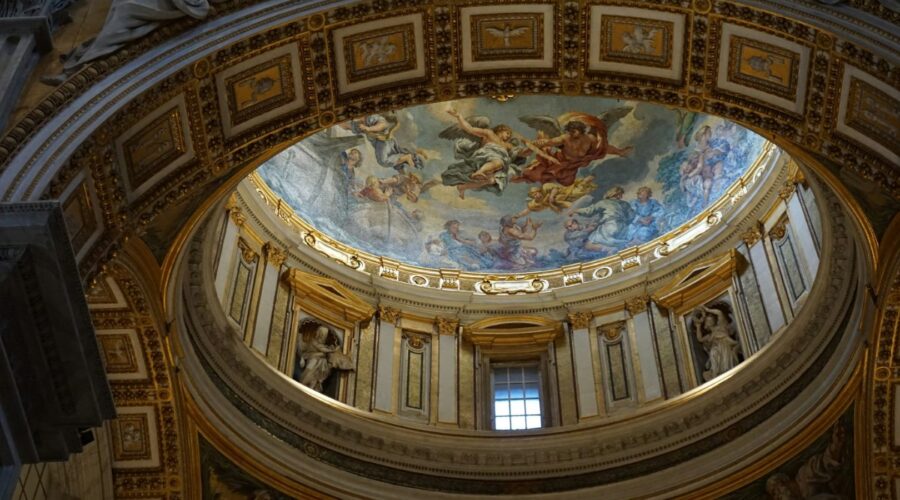Your cart is currently empty!
Unveiling the Sacred Splendor: A Comprehensive Guide to Chapels

Introduction
Chapels, sanctuaries of prayer and contemplation, grace numerous landscapes, from bustling cities to serene countryside retreats. As integral parts of religious and cultural history, they embody spiritual significance and architectural artistry. This comprehensive guide explores the multifaceted world of chapels, unraveling their origins, diverse forms, and enduring impact.
Origins and History
The concept of chapels emerged in the early Christian era. Early Christians often gathered in private homes or underground catacombs for worship. As Christianity gained acceptance, the need for dedicated places of worship grew. The construction of chapels provided a sacred space for prayer, sacraments, and community gatherings.
Over centuries, chapels evolved in various forms, reflecting different architectural styles and religious traditions. Romanesque chapels emerged in the 11th and 12th centuries, showcasing rounded arches and thick walls. Gothic chapels, popular from the 12th to the 16th centuries, featured soaring spires, pointed arches, and intricate stained glass windows.
Types of Chapels
- Ecclesiastical Chapels: Attached to larger religious institutions, such as cathedrals or churches, these chapels serve specific functions, such as weekday masses, private devotions, or as mausoleums.
- Secular Chapels: Found in public buildings, hospitals, universities, and military bases, these chapels provide spiritual nourishment to individuals within these secular settings.
- Private Chapels: Constructed within private residences or estates, these chapels are designed for personal or family worship and reflection.
- Memorial Chapels: Dedicated to the memory of loved ones or notable figures, these chapels create a sacred space for remembrance and reflection.
Architectural Features
Chapels showcase a diverse range of architectural designs, each exuding its unique character.
Exterior
- Facade: Often featuring intricate carvings, stained glass windows, and decorative buttresses, the facade sets the tone for the interior.
- Belfry or Steeple: A bell tower or steeple may adorn the chapel, providing a focal point and a means for summoning worshippers.
- Courtyard or Cloister: Some chapels are surrounded by a courtyard or cloister, providing a peaceful and contemplative outdoor space.
Interior
- Nave: The main body of the chapel, where worshippers gather for services and sacraments.
- Altar: The focal point of the chapel, where religious services are performed.
- Chancel: An elevated area behind the altar, often reserved for clergy and choir.
- Stained Glass Windows: Depicting biblical scenes or religious figures, these colorful windows create an ethereal ambiance.
- Pew or Bench Seating: Provide seating for worshippers during services and gatherings.
Religious Significance
Chapels hold deep religious and spiritual significance. They are venues for:
- Worship: Chapels offer a sacred space for prayer, contemplation, and the celebration of religious ceremonies.
- Sacraments: Many chapels perform baptisms, weddings, and communion ceremonies, marking significant milestones in the lives of believers.
- Retreat and Reflection: Chapels provide a haven for spiritual retreats, allowing individuals to deepen their connection with the divine.
- Community Building: Chapels foster a sense of belonging and community among worshippers, providing a place for shared experiences and support.
Cultural and Historical Impact
Beyond their religious significance, chapels have a profound impact on culture and history.
Cultural Heritage
Chapels are treasured historical landmarks, often showcasing remarkable architecture and artwork. They offer a glimpse into the past, preserving cultural traditions and providing a sense of continuity.
Educational Value
Many chapels serve as educational hubs, offering guided tours and lectures that explore their historical, architectural, and religious significance.
Tourism and Pilgrimage
Famous chapels attract visitors from around the world, becoming destinations for religious pilgrimage and cultural exploration.
Famous Chapels
Throughout the world, numerous chapels have gained recognition for their architectural beauty, historical significance, and religious importance.
| Name | Location | Significance |
|---|---|---|
| Sistine Chapel | Vatican City | Celebrated for Michelangelo’s stunning frescoes that adorn its ceiling and walls. |
| King’s College Chapel | Cambridge, England | Known for its awe-inspiring Gothic architecture and magnificent stained glass windows. |
| Sainte-Chapelle | Paris, France | Recognized for its soaring heights and exquisite stained glass windows depicting biblical scenes. |
| Rosslyn Chapel | Midlothian, Scotland | Famed for its intricate carvings and alleged connection to the Knights Templar. |
| Shrine of Guadalupe | Mexico City, Mexico | A major pilgrimage site that houses the venerated image of Our Lady of Guadalupe. |
Tips for Visiting a Chapel
- Respectful Behavior: Remember that chapels are sacred spaces. Maintain a respectful demeanor by dressing modestly and refraining from loud or disruptive behavior.
- Photography: Check for any photography restrictions before taking pictures. Some chapels may prohibit photography during services.
- Guided Tours: Take advantage of guided tours to learn about the chapel’s history, architecture, and religious significance.
- Quiet Contemplation: If the chapel is open for prayer or contemplation, take some time to reflect in silence.
- Appropriate Dress: While dress codes may vary, it is advisable to dress modestly and respectfully when visiting a chapel.
Conclusion
Chapels, with their rich history, architectural splendor, and profound religious significance, are architectural and cultural treasures. They are places of worship, reflection, and community, connecting individuals with the divine and fostering a sense of belonging. Understanding the diverse forms, architectural features, and religious importance of chapels deepens our appreciation for these sacred spaces and their enduring impact on our world.